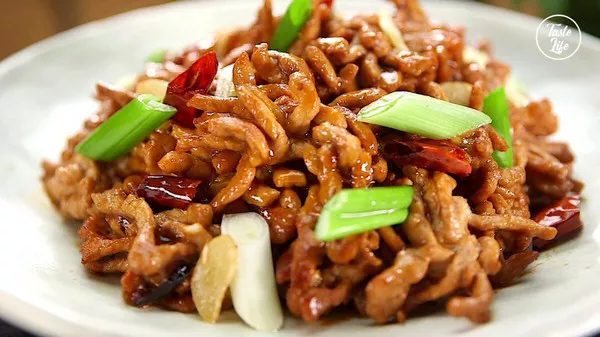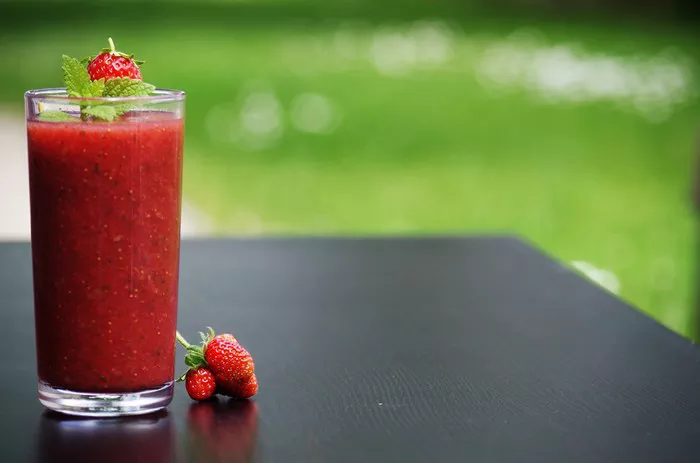Pork tenderloin, a lean and succulent cut of meat, is a versatile ingredient that can be transformed into a delectable dish with the right seasoning and cooking technique. In Chinese cuisine, pork tenderloin is often celebrated for its tenderness and ability to absorb flavors, making it a favorite choice for many traditional recipes. Whether you’re a seasoned chef or an aspiring home cook, mastering the art of cooking pork tenderloin Chinese-style can elevate your culinary skills and impress your family and friends.
Selecting the Perfect Cut
Before embarking on your culinary journey, it’s essential to choose the right cut of pork tenderloin. Look for fresh, high-quality meat with a pinkish hue and minimal fat marbling. The tenderloin should feel firm to the touch and have a slightly moist surface. Avoid any cuts that appear discolored or have a strong odor, as these may indicate spoilage.
Preparation is Key
Proper preparation is the foundation of a delicious Chinese-style pork tenderloin dish. Start by trimming any excess fat or silver skin from the meat using a sharp knife. Then, rinse the tenderloin under cold water and pat it dry with paper towels. This step ensures that the meat is clean and ready to absorb the flavors of the marinade.
Marinating for Flavor
Marinating is an essential step in Chinese cuisine, as it infuses the meat with aromatic spices and enhances its natural flavors. Prepare a marinade using a combination of soy sauce, rice wine, minced garlic, ginger, and a touch of honey or brown sugar for sweetness. You can also add spices such as five-spice powder or Sichuan peppercorns for an extra layer of flavor.
Place the trimmed pork tenderloin in a shallow dish or resealable plastic bag and pour the marinade over it, ensuring that the meat is evenly coated. Cover the dish or seal the bag tightly and refrigerate for at least 30 minutes to allow the flavors to penetrate the meat. For optimal results, marinate the pork tenderloin overnight to achieve maximum flavor infusion.
SEE ALSO: How to Cook Steam Chicken Chinese Style
The Art of Searing
Searing the pork tenderloin before cooking locks in its natural juices and creates a flavorful crust on the outside. Heat a tablespoon of oil in a skillet or wok over medium-high heat until it shimmers. Carefully place the marinated pork tenderloin in the hot oil and sear each side for 2-3 minutes until golden brown. Be cautious not to overcrowd the pan, as this can cause the meat to steam rather than sear.
Slow and Steady Cooking
Once the pork tenderloin is seared to perfection, it’s time to cook it low and slow to ensure tender and juicy results. Transfer the seared tenderloin to a baking dish or roasting pan and place it in a preheated oven set to 350°F (175°C). Roast the pork for approximately 20-25 minutes, or until it reaches an internal temperature of 145°F (63°C) for medium doneness. Use a meat thermometer to ensure accuracy and avoid overcooking.
Sauce it Up
While the pork tenderloin is cooking, prepare a savory sauce to complement its flavors. Combine soy sauce, hoisin sauce, rice vinegar, and a splash of sesame oil in a small saucepan over low heat. Add minced garlic and ginger for an extra kick, and let the sauce simmer gently until it thickens slightly. Taste and adjust the seasoning as needed, adding more soy sauce for saltiness or honey for sweetness.
Slice and Serve
Once the pork tenderloin reaches the desired level of doneness, remove it from the oven and let it rest for 5-10 minutes before slicing. This allows the juices to redistribute throughout the meat, ensuring moist and tender slices. Use a sharp knife to carve the tenderloin into thin slices, cutting against the grain for maximum tenderness.
Arrange the sliced pork tenderloin on a serving platter and drizzle with the prepared sauce. Garnish with chopped green onions or toasted sesame seeds for a touch of freshness and visual appeal. Serve immediately with steamed rice and your favorite stir-fried vegetables for a complete Chinese-style meal that will delight your taste buds.
Experiment and Enjoy
While this recipe provides a basic blueprint for cooking pork tenderloin Chinese-style, don’t be afraid to get creative and experiment with different flavors and techniques. Add vegetables such as bell peppers, onions, and broccoli to the stir-fry for added texture and color. You can also vary the marinade ingredients to suit your personal taste preferences, incorporating spices such as chili flakes or star anise for a unique twist.
Conclusion
Mastering the art of cooking pork tenderloin Chinese-style requires patience, attention to detail, and a willingness to explore new flavors and techniques. With practice and perseverance, you can elevate this humble cut of meat into a culinary masterpiece that will impress even the most discerning palates. So roll up your sleeves, sharpen your knives, and embark on a flavorful journey through the rich and diverse world of Chinese cuisine. Bon appétit!
Related Topics:



















